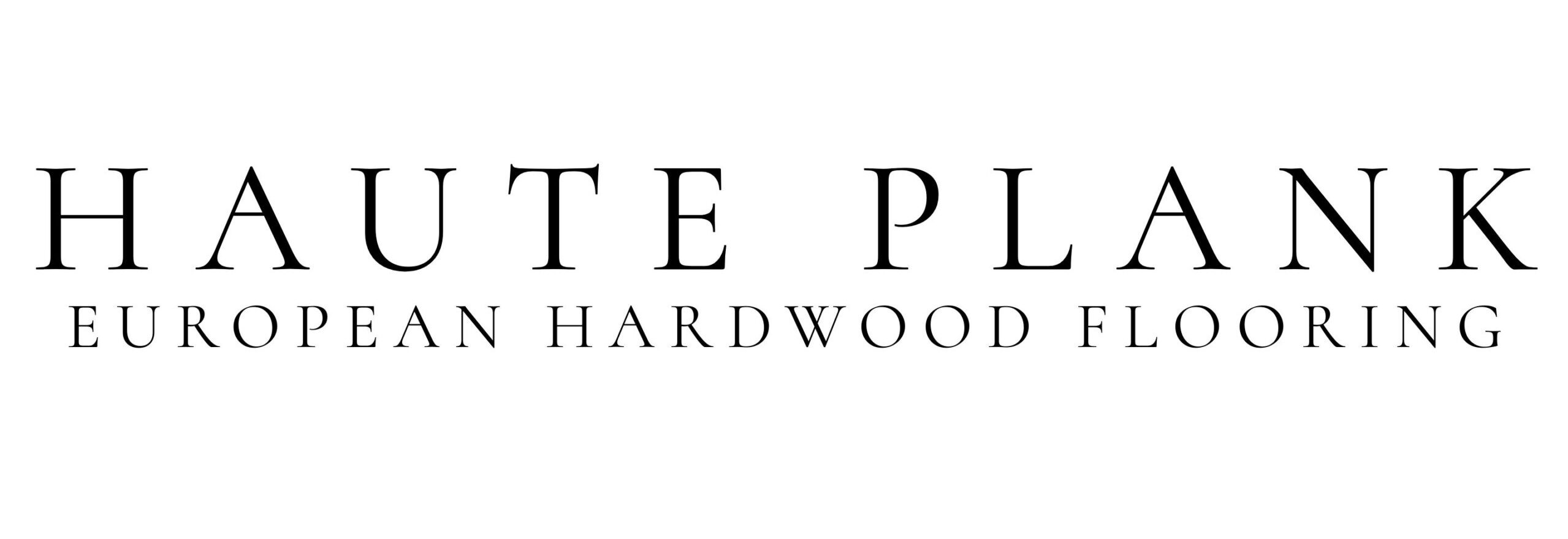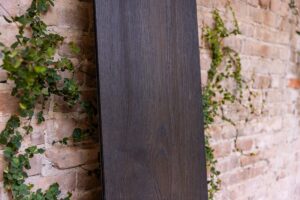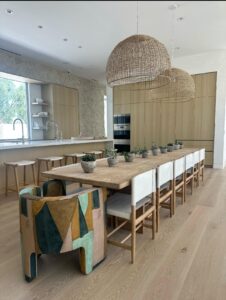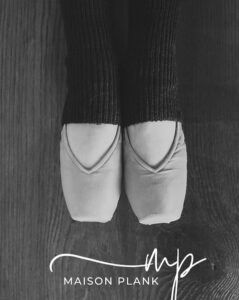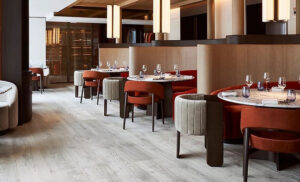Hardwood in Hospitality and Retail: The Commercial Shift

For years, hardwood flooring carried a quiet stigma in commercial design. Beautiful, yes. Too delicate for real traffic. Architects defaulted to concrete, porcelain, and vinyl to avoid risk.
That assumption is now out of date.
Modern engineered construction gives designers the freedom to use real hardwood in hospitality, retail, and mixed use spaces with confidence. Wide plank formats hold their shape, finishes stand up to daily use, and performance can be measured instead of hoped for. Real wood is no longer the fragile choice. It is the serious one.
Wide plank engineered hardwood has moved from niche feature to credible standard. In hotels, restaurants, and branded environments, it is replacing imitation surfaces with authentic material that supports both design intent and operational demands.
Why the Commercial Market Changed Course
Commercial interiors have become more human-centered. Retail brands, hotels, and office developers are replacing sterile surfaces with warmth, texture, and visual depth, qualities only real wood provides. But atmosphere alone wouldn’t have driven a material comeback. The underlying reason hardwood is now viable in commercial use is engineering.
Modern engineered hardwood construction solved the movement and maintenance issues that once made wide planks impractical at scale. Marine birch cores, full-wood bonding, and advanced finish systems mean the material no longer behaves unpredictably when exposed to foot traffic, HVAC cycling, or variable humidity.
The result: architects can now specify wide plank hardwood in performance-driven environments as a design standard.
Design Longevity Meets Brand Experience
Not every space calls for hardwood. Some projects need stone, polished concrete, or other finishes to match the concept. The point is not to replace those materials. The point is to recognize where real wood belongs in the conversation and give it equal consideration when it does.
In hospitality, retail, and corporate interiors that prioritize warmth, scale, and a more human experience, wide plank hardwood earns its place. Long, continuous lines calm the visual field. Natural tone variation adds dimension without noise. The floor supports the brand narrative instead of competing with it.
When engineered correctly, hardwood also offers a different trajectory over time. A well built wood floor does not expire on a trend cycle. It settles in. It records use without looking used up. For clients investing in long term environments instead of quick refreshes, that stability in both performance and appearance becomes part of the value.
The Strength Behind the Surface
Aesthetics alone wouldn’t justify a return to real wood in high-traffic spaces. The modern case for hardwood in commercial applications rests on construction.
A properly engineered hardwood plank is built like a structure, balanced layers of hardwood bonded in alternating directions. This design neutralizes stress so that expansion happens evenly rather than directionally. The wide plank stability this creates is measurable and predictable.
Combine that structure with commercial-grade finishes like Haute Plank’s HP Titanium system, and hardwood moves from decorative surface to durable infrastructure. These finishes bond with the wear layer instead of forming a shell on top. The result is clarity, flexibility, and protection that can withstand thousands of footfalls per day without dulling or separating.
When architecture firms or developers compare lifecycle cost, that structural integrity changes the math. Hardwood, maintained properly, outlasts most synthetic competitors by decades — and can be refinished rather than replaced.
Specification Confidence and Environmental Credit
Specifiers now look beyond visual samples. They want to know where materials come from, how they’re built, and what sustainability documentation supports them. Engineered hardwood fits that demand precisely because it’s both natural and verifiable.
Haute Plank sources its layers exclusively from PEFC-certified European hardwood, ensuring traceable forestry practices and consistent core quality. That transparency helps architects meet LEED and WELL targets without sacrificing design freedom.
For teams reducing reliance on short term finishes and nonrenewable materials, high-quality engineered hardwood offers a measurable path forward. Long service life, repairability, and credible certification turn the floor from a disposable surface into part of a responsible building strategy.
From Boutique to Broad Rollout
The early adopters of commercial hardwood were boutique hotels and luxury retailers — projects where design identity outweighed maintenance concerns. But the data is now catching up. Facility managers report lower long-term maintenance costs and fewer replacements when engineered hardwood is used correctly .
Today, architects are specifying wide plank hardwood across corporate lobbies, restaurants, offices, and mixed-use developments. Its presence signals refinement without fragility, warmth backed by engineering.This shift isn’t temporary. It’s the material evolution of a market that has finally redefined “resilient” to mean durable and human, not synthetic and disposable.
What Architects Should Expect from a Commercial Hardwood Partner
Real success in commercial hardwood flooring depends on more than the product. It depends on partnership. Manufacturers who understand subfloor standards, HVAC conditions, and tolerance thresholds save architects time, risk, and rework.
A trusted flooring partner should provide clear specification data, jobsite readiness guidance, and installation advice that aligns with Division 09 standards. Haute Plank integrates all three, supporting architects through specification, delivery, and long-term performance.
When wide planks stretch across hospitality corridors or retail showrooms, every joint represents a decision. When those decisions are informed by engineering, verified construction, and ongoing communication, the result is predictable and lasting.
Authority in Every Detail
The resurgence of hardwood in commercial design isn’t a trend. It’s the result of engineering meeting expectations. Architects and developers are recognizing that natural materials can perform under pressure when built the right way.
Real wood speaks to authenticity, but engineered structure delivers the confidence to specify it again — this time, without compromise.
